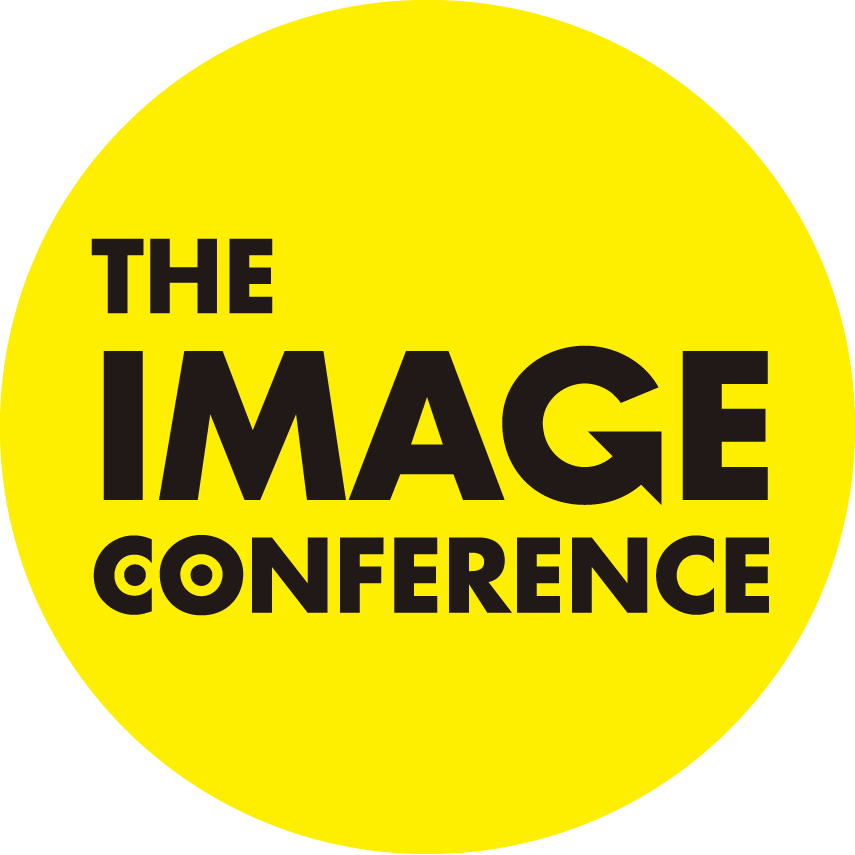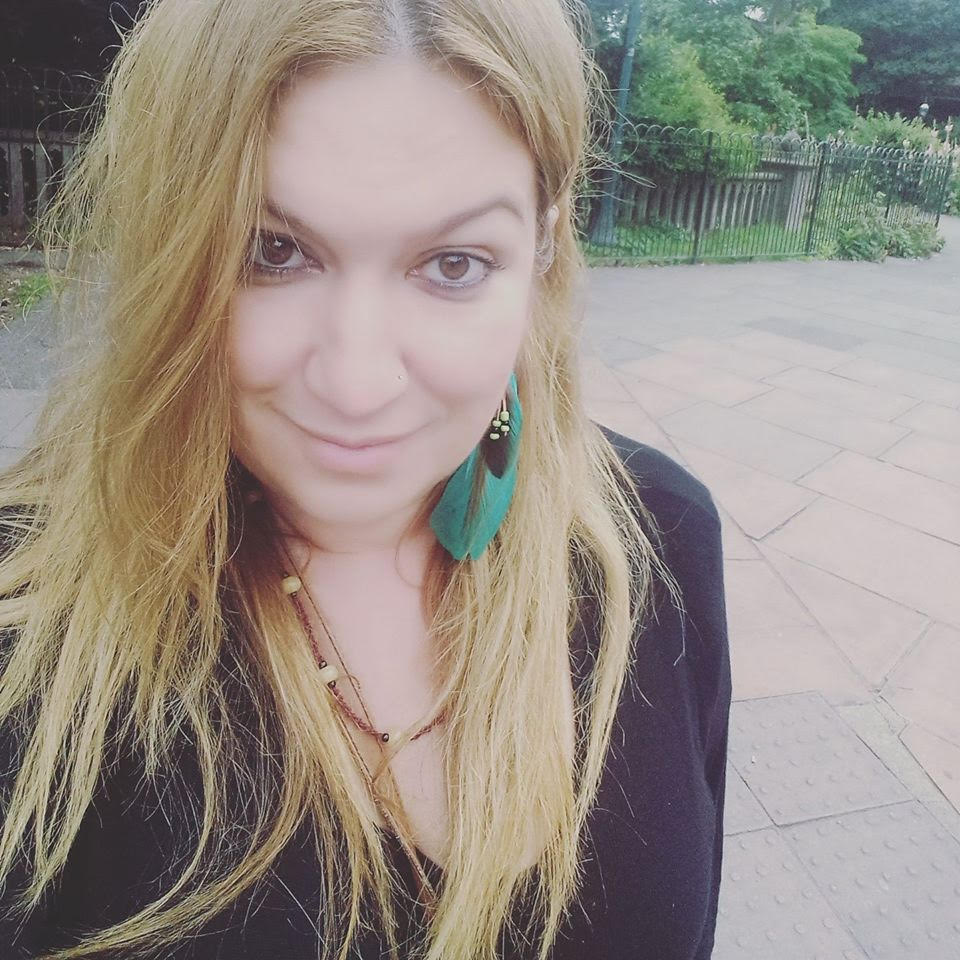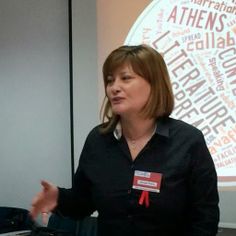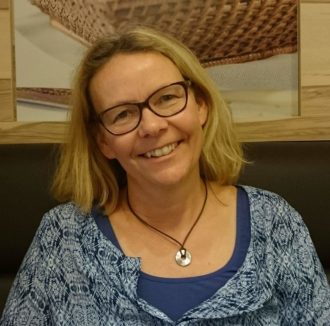
Jade Blue is a teacher, trainer, research consultant and editor based in Brighton. Here she talks about her session “Learner Generated Visuals” which she will be presenting at the Image Conference in Lisbon on 13th October.
From timelines to illustrations, the term ‘Learner Generated Visuals’ covers any visual or image created by the learner – as opposed to the teacher – as a means of recording, evaluating or exploring language. These visuals might be conscious and considered illustrations of a concept, or more intuitive metaphorical representations of language which we then discuss and reflect on. This discussion enables us to identify patterns and gain more insight into the ways in which we conceptualise language. Learners’ own visuals are immediately more personalised, and more memorable.
Encouraging learners to create their own visual representations can be a powerful way to explore and evaluate language. Activities designed to engage the learner in sharing their own perceptions of language enhance interest and motivation, as well as aiding retention, processing and comprehension.
The act of drawing is different to just looking at someone else’s image, and the process itself can lead to deeper insights and understanding. The unfocused and creative element of representing something graphically – ‘diffuse thinking’ as opposed to focused thinking (Girling 2015) – allows the brain time to relax, during which we’re still thinking, but without the pressure or stress of it feeling like work. ‘Ceasing to focus on a project gives [the] brain unconscious permission to get to work’ (Burkeman 2015).
Inviting learners to draw can at times seem daunting. Many people say that they can’t draw, whereas what they really mean is they cannot reproduce a realistic image of something. But the true value of drawing is not to do with how accurately one can imitate reality, but that the process itself offers a means of experiencing and observing something more deeply. Whether we became self conscious about our drawing abilities at five, fifteen or fifty years old, each of us still possesses a visual language with which we can produce a unique and invaluable representation of how we perceive something.
The linear nature of written text, as well as not being reflective of the ways in which our brains store information and knowledge, often places pressure on the writer to craft something clearly (and traditionally) structured. When seen as a process, the nature of drawing or doodling allows more of a stream of consciousness, allowing us to make discoveries about and develop our perceptions. As art critic and cartoonist Nick Sousanis says: ‘we draw not to transcribe ideas from our heads, but to generate them in search of deeper understanding’ (Sousanis 2015:79).
So what colour is the second conditional? And what shape is the future continuous? What does ‘learning’ look like? How big is ‘yellow’? This workshop will explore a variety of practical activities that can be used in the classroom to help learners explore linguistic concepts, and develop their understanding of language. We’ll look at examples of students’ own visual representations to reflect on these tasks, and share ideas for other forms of learner generated visuals, including mind maps, comic strips and infographics.
‘Concepts can never be presented to me merely, they must be knitted into the structure of my being, and this can only be done through my own activity.’ (Follett, 1930)
References
- Burkeman, O. (2015) Five Reasons Why We Should All Learn How to Do Nothing. Available from: <http://www.theguardian.com/
lifeandstyle/2015/jan/09/five‐ reasons‐we‐should‐all‐learn‐ to‐do‐nothing> Accessed November 2015. - Follett, M.P. (1930) Creative Experience. Martino Fine Books.
- Girling, K. (2015) Learn in your Sleep, Business English UK 2015 Conference (International House, London. 06.06.2015)
- Sousanis, Nick. (2015) Unflattening. Harvard University Press.
Jade Blue
Biodata
Jade has taught in Germany and the UK as an English language teacher, Business English trainer (both in schools and in-company), and teacher-trainer. She has taught and delivered seminars in the UK and Germany, including sessions on Projects in ELT and Pronunciation & Phonemes.Jade works as a teacher and trainer at The English Language Centre in Brighton, UK, where she has been since 2013. She also works as a research consultant and editor for Cambridge University Press and writes an ELT blog. She has a special interest in using visuals in ELT, has been published in Voices, the bi-monthly IATEFL newsletter, and has recently contributed to a Routledge publication on Reflective Practice.
Title
Learner Generated Visuals
Abstract
This workshop addresses how the act of drawing differs from merely looking at an image and how drawing to generate rather than transcribe ideas leads to deeper understanding. We will explore a variety of practical classroom activities to help learners conceptualise language and aid comprehension, processing and retention.




